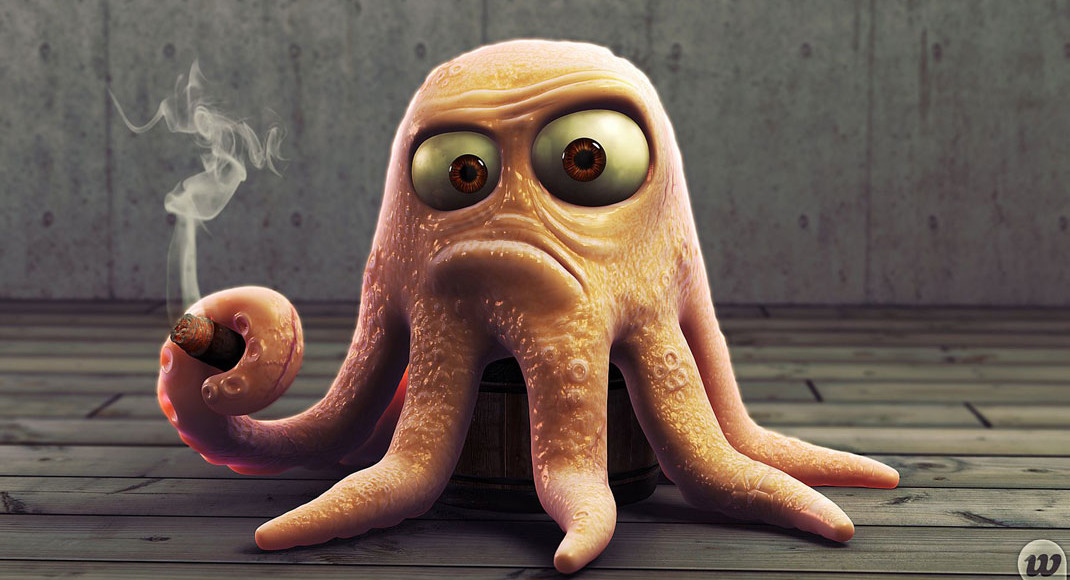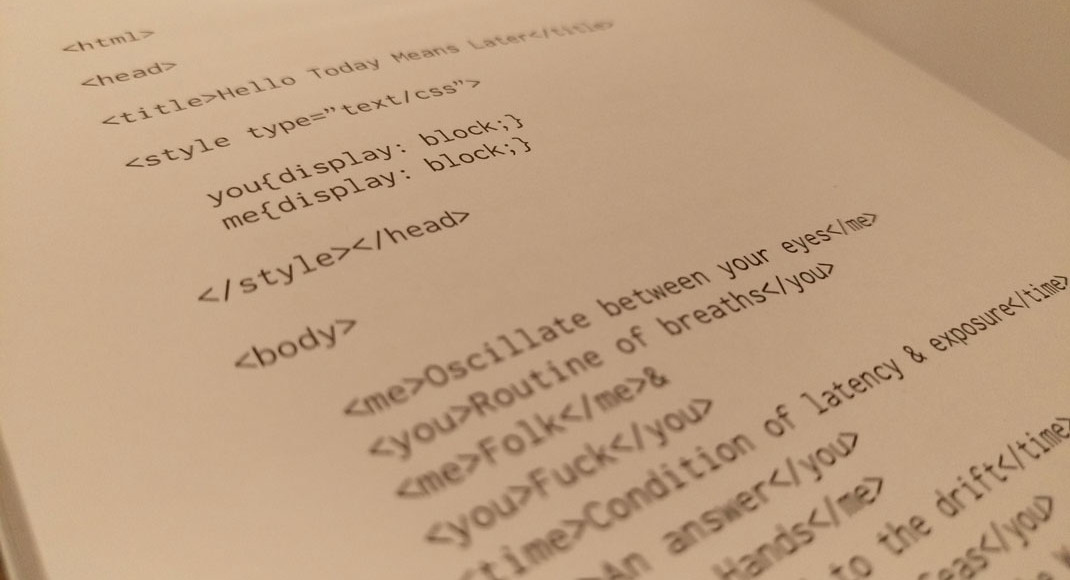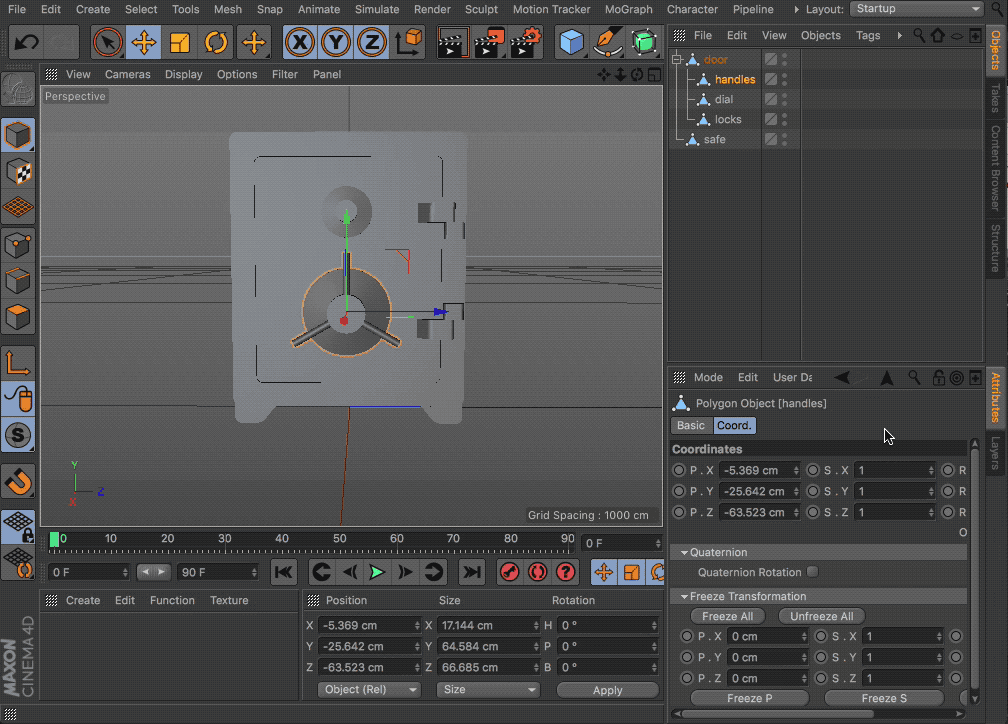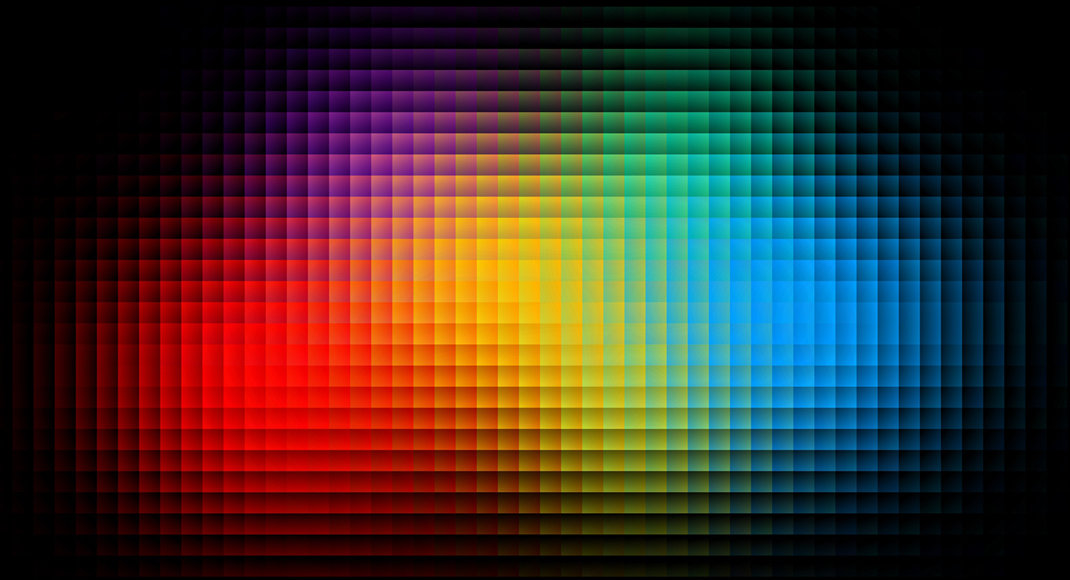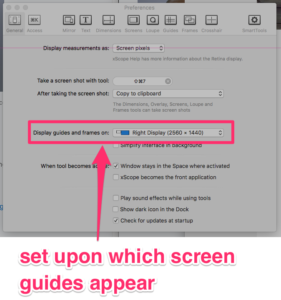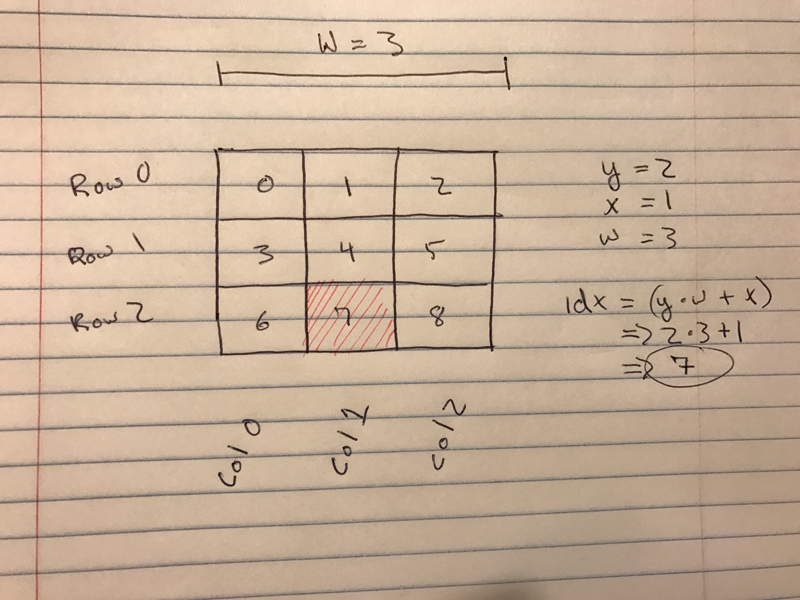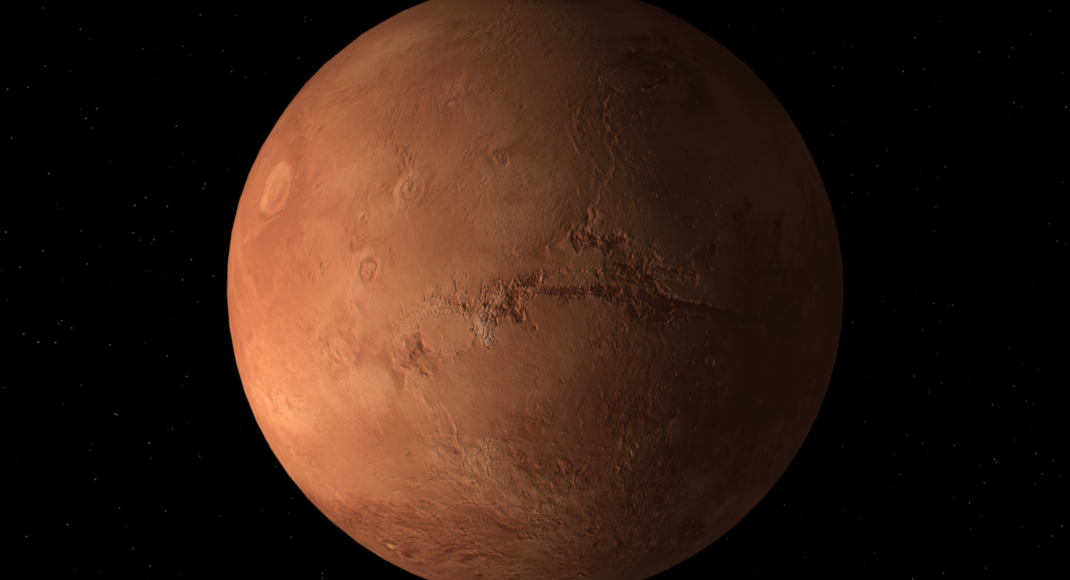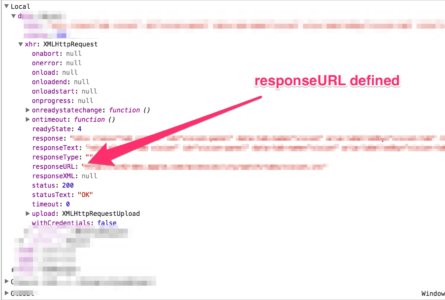In the following video I show how to quicky texture (and preview) a mesh object with bump maps and normal maps in order to give your 3d objects more realism and “pop”. Basically, the issue with a flattened texture on a 3d object is the complexity. To the human eye, inconsistencies and defects make something look more “real”. Sometimes the style of your project will require a gently shaded “paper like” feel to it. In which case it’s ok to have flattened textures and colors.
Other times you will want something to feel more like it has depth and exists in the real world. An easy way to produce this effect often times is to give something a bumpy feel which can be done through normal/bump maps. In effect it’s just another texture being rendered on your mesh, but instead of telling the renderer what colors to emit, the bump map tells the renderer how the light should bound off things, producing the desired “bumpy” effect. There’s not actual geometry at play here which makes things cheaper in terms of rendering while producing a realistic surface. Bump maps are used extensively in gaming to produce realistic effects without costing the rendering engine a whole lot of compute time.
Check out the video below to see how one might add this effect to a mesh object.
